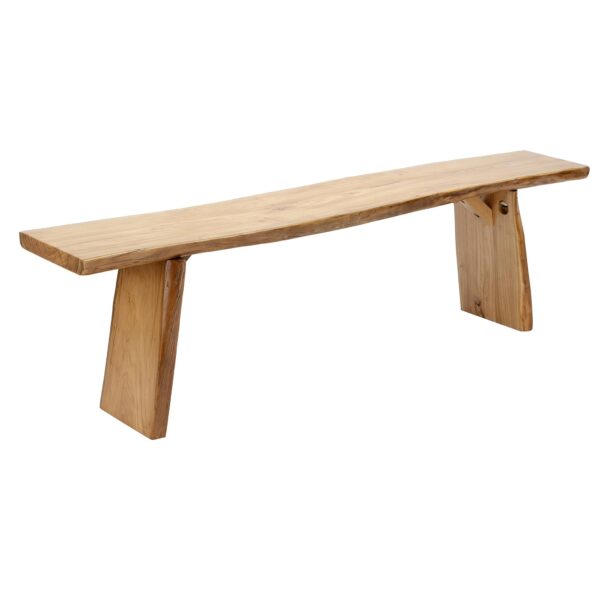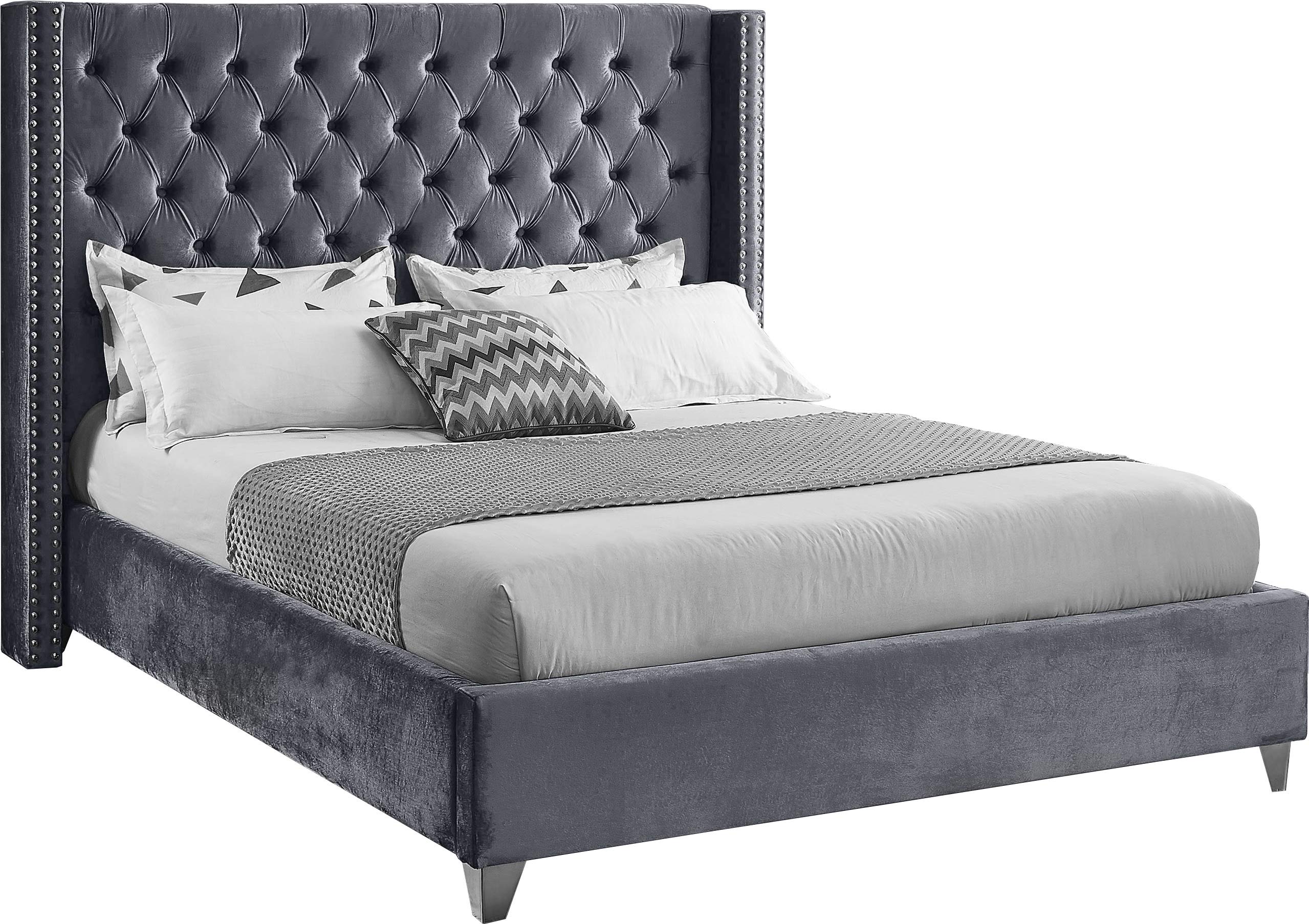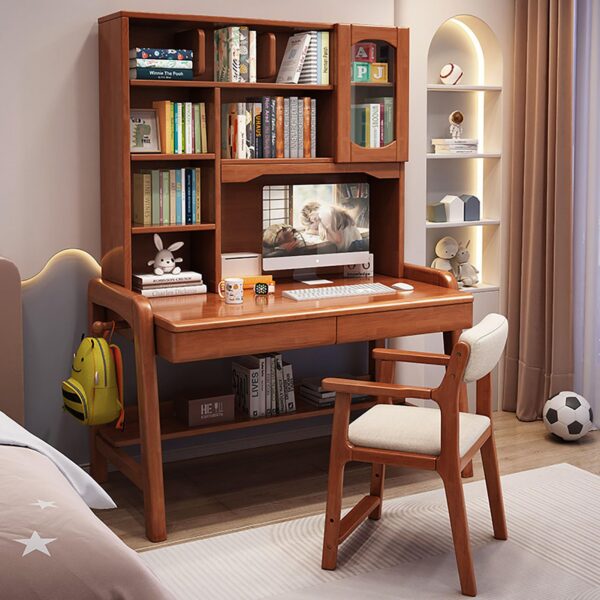When deciding between plywood vs solid wood for your home, the debate often centers around functionality, aesthetics, and budget. Each material offers distinct advantages and potential drawbacks, which must be considered before making a decision. For homeowners making choices for furniture, cabinetry, or structural builds, understanding these differences is crucial. For a detailed comparison, consider reading this guide on Plyboard Vs Plywood.
Both plywood and solid wood are renowned for their strength, but each has unique characteristics:
| Material | Common Uses |
|---|---|
| Solid Wood | High-end furniture, cabinetry, flooring, musical instruments. |
| Plywood | Construction, crates, indoor and marine-grade furniture. |
Plywood is generally less expensive than solid wood. However, the price can fluctuate based on the quality of the materials. High-grade plywood might surpass the cost of low-quality solid wood. For budget-focused projects, plywood often emerges as the preferred choice.
Ultimately, the choice between plywood vs solid wood should align with the project's specific needs, such as aesthetic preferences, budget restrictions, and application type. A solid understanding of both materials allows for informed decisions that cater to both immediate needs and long-term goals. Consider these options carefully, weighing elements like potential need for repair, visible aesthetic requirements, and environmental conditions the materials will endure. As availability of solid wood diminishes due to deforestation, opting for plywood not only offers economic advantages but ensures renewable resource usage. Whether choosing plywood for kitchen cabinets or solid wood for a bed frame, each material's inherent qualities will significantly influence the overall success and satisfaction with the home improvement projects.
For more insights into materials and design trends, check out our recent articles.

Embrace the warmth and robustness of the KELBEL Solid Dining Wooden Natural, a stunning piece that epitomizes durability and timeless charm, characteristics often sought after in the plywood vs solid wood debate. Evident in the product image is the rich, natural grain of solid wood, promising a unique touch to your dining space. Its solid construction assures years of gatherings around a piece that only grows more alluring with age, contrasting the less durable and uniform appearance of plywood.

In the debate of plywood vs solid wood, the Meridian Furniture AidenGrey K Upholstered Wingback Bed stands out as an exemplar of modern elegance and practical design. Its robust plywood and solid wood frame provide a sturdy base, while the luxurious grey velvet upholstery exudes sophistication. The wingback headboard, adorned with deep button tufting and nailhead trim, showcases meticulous craftsmanship, blending both style and durability inherent in quality plywood constructions. This premium bed offers a smart solution for those valuing longevity without compromising on luxury or aesthetic appeal.
Discover more about the Meridian Furniture Upholstered Wingback Bed.

The "Adjustable Students Workstation" elegantly bridges the gap between the sturdiness of solid wood and the practicality of plywood. Crafted to cater to dynamic student needs, this workstation boasts an adjustable shelf height, facilitating personalized organization. The rich wooden finish exudes a classical charm that enhances any study space, while its compact design (100x60x189cm or 39x24x74in) makes it suitable for smaller rooms without sacrificing workspace. Essential for the article's context, this desk represents the balanced use of engineered and solid woods, ensuring durability and style. Discover the balance of form and function with this adjustable student's workstation.
Choosing between plywood and solid wood can indeed be a big decision for any homeowner, weighing the charm and warmth of solid wood against the versatility and often affordability of plywood. As you embark on your home improvement journey, we hope this guide has helped clarify the differences to suit your particular needs. Don't just stop here—our community loves sharing creative inspirations and practical tips, and we would love for you to be part of it. Follow us on Pinterest for endless home design ideas, check out our latest projects on Instagram, join the conversation on X, and become part of our Facebook family at ArchitectureAdrenaline. Whether you're a DIY enthusiast or a professional decorator, let's keep the inspiration flowing together!
